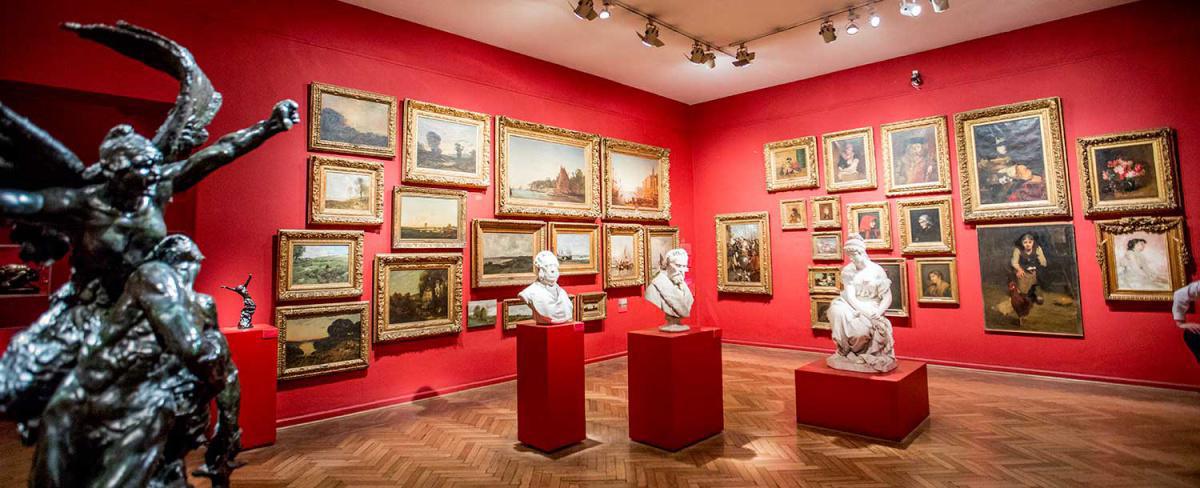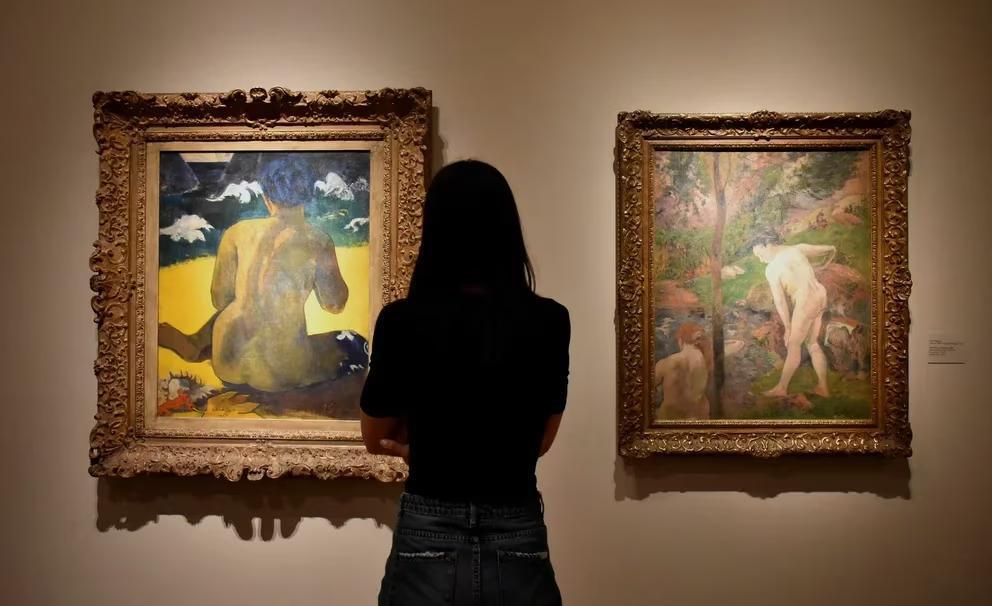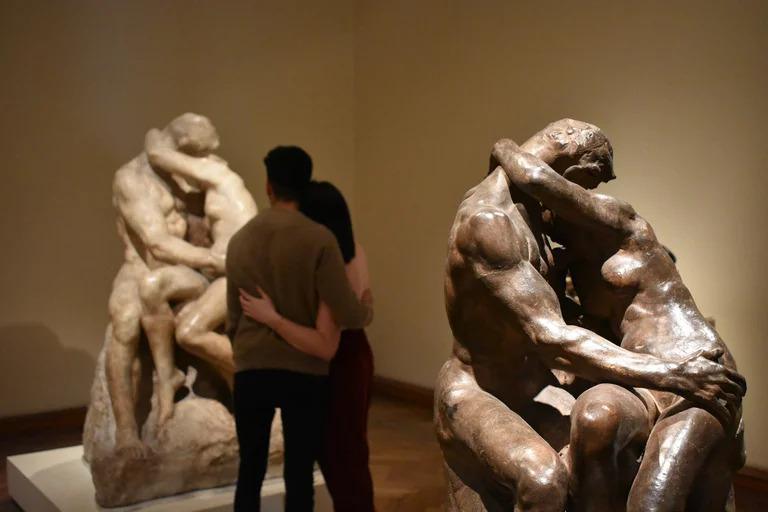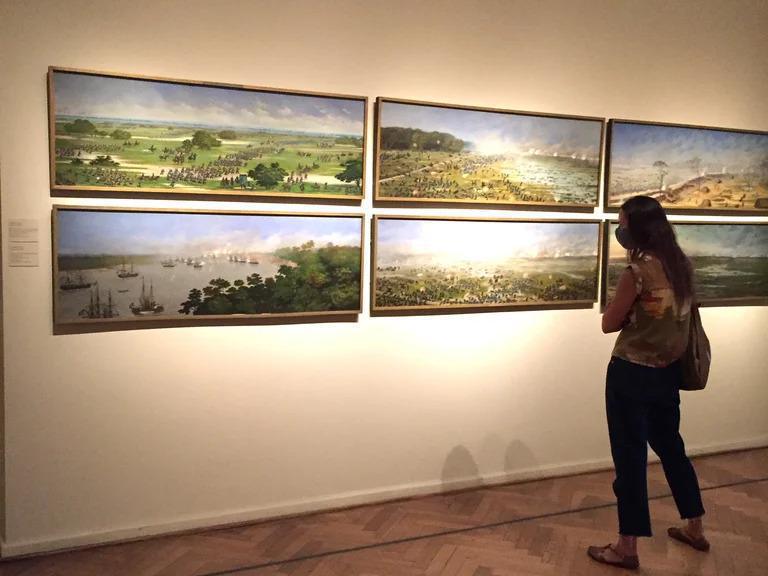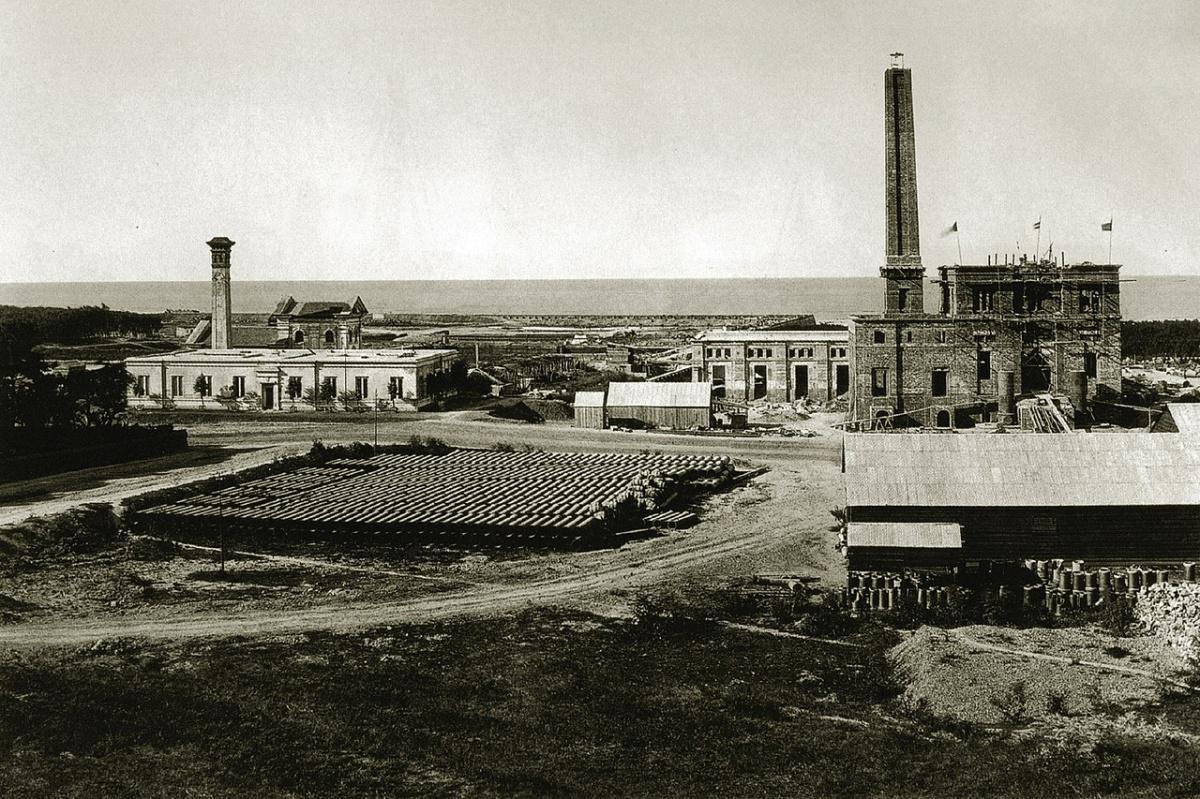
Comentarios
R5-P5. Museo Nacional de Bellas Artes
1473 Av. del Libertador Barrio Norte
Breve Historia
Short History
Posee la mayor colección de arte Argentino y una de las más importantes de arte Universal de Latinoamérica.
It has the largest collection of Argentine art and one of the most important collections of Universal art in Latin America.
El Museo Nacional de Bellas Artes es uno de los más importantes de Latinoamérica y el que tiene la mayor colección de arte argentino del país. Ubicado en el barrio de Recoleta, fue inaugurado en 1896, si bien su actual sede data del año 1933, en un edificio reformado en su momento por el arquitecto Alejandro Bustillo para recibir la colección permanente.
The National Museum of Fine Arts is one of the most important museums in Latin America and the one with the largest collection of Argentine art in the country. Located in the Recoleta neighborhood, it was inaugurated in 1896, although its current headquarters dates from 1933, in a building reformed at the time by the architect Alejandro Bustillo to receive the permanent collection.
Dentro del patrimonio de arte internacional del museo se destacan obras de El Greco, Goya, Rodin, Rembrandt, Rubens, Renoir, Degas, Cézanne, Chagall y Picasso.
The museum's international art heritage includes works by El Greco, Goya, Rodin, Rembrandt, Rubens, Renoir, Degas, Cézanne, Chagall and Picasso.
Entre los pintores argentinos más importantes, posee obras de Cándido López, Lino Enea Spilimbergo, Prilidiano Pueyrredón, Fernando Fader, Benito Quinquela Martín, Xul Solar, Antonio Berni, Carlos Alonso y Antonio Seguí.
Among the most important Argentine painters, it has works by Cándido López, Lino Enea Spilimbergo, Prilidiano Pueyrredón, Fernando Fader, Benito Quinquela Martín, Xul Solar, Antonio Berni, Carlos Alonso and Antonio Seguí.
"El museo cuenta además con una sala de fotografía, una de arte andino precolombino, dos terrazas de esculturas y una biblioteca con 150.000 ejemplares".
"The museum also has a photography room, a pre-Columbian Andean art room, two sculpture terraces and a library with 150,000 copies."
Dato Curioso
Interesting Fact
El edificio que alberga al Museo de Bellas Artes está ubicado donde originalmente se encontraban las estaciones de tratamiento y bombeo “Casa de Bombas” que extraía y trataba agua del Rio de la Plata, esto fue en 1868 cuando el Presidente Domingo Faustino Sarmiento ordeno construirla, convirtiendo a Buenos Aires en la primer ciudad de America en contar con una red de agua potable.
The building that houses the Museum of Fine Arts is located where the original treatment and pumping stations "Casa de Bombas" that extracted and treated water from the Rio de la Plata were located. This was in 1868 when President Domingo Faustino Sarmiento ordered its construction, making Buenos Aires the first city in America to have a drinking water network.
La Casa de Bombas, empujar el agua purificada a la red que abarcaba apenas unas 177 cuadras, a través vez de unos 20.000 mts. de caños, hacia el tanque de Plaza Lorea, ubicado en lo que hoy en día es la Plaza de los Congresos, para luego distribuirlo por gravedad a las diferentes casa y fuentes comunales.
The Casa de Bombas "Pumphouse", pushed the purified water to the network that covered only 177 blocks, through 20,000 meters of pipes, to the Plaza Lorea tank, located in what is nowadays the Plaza de los Congresos, to then distribute it by gravity to the different houses and communal fountains.

